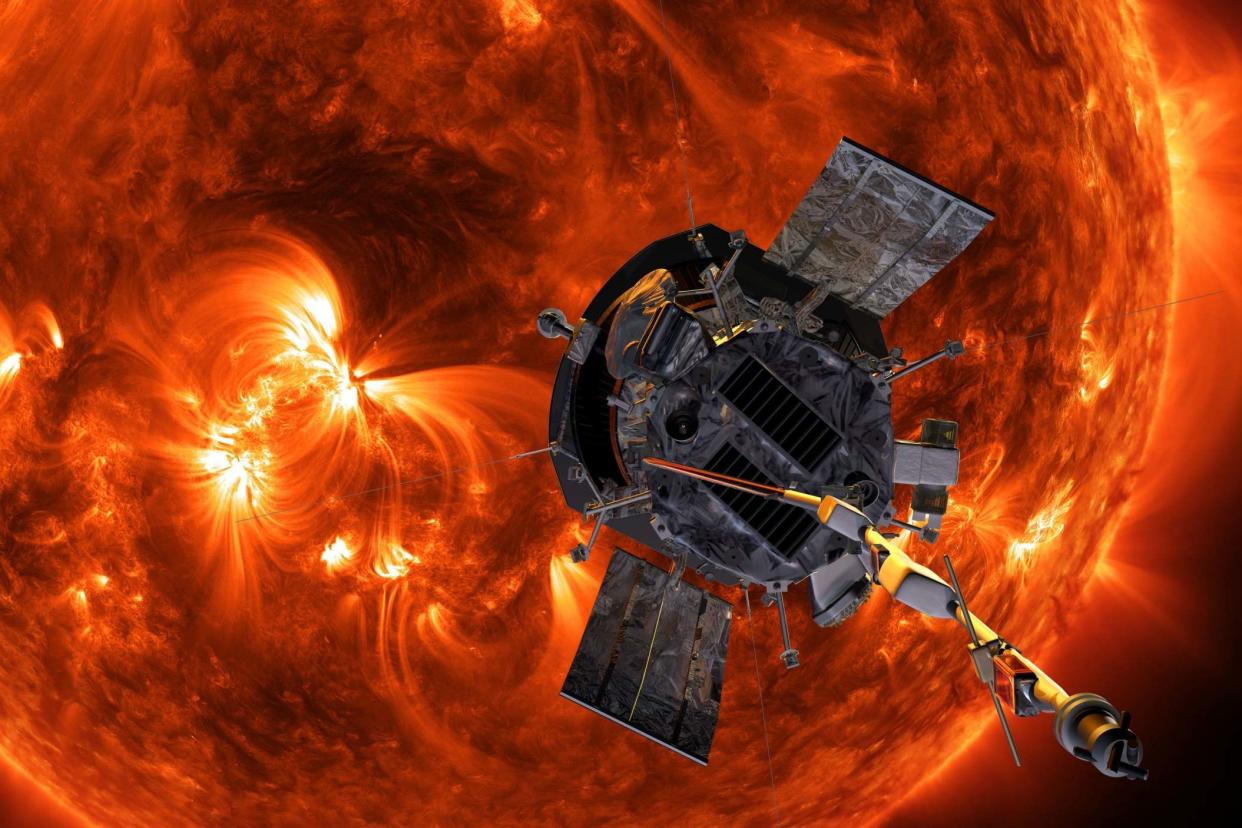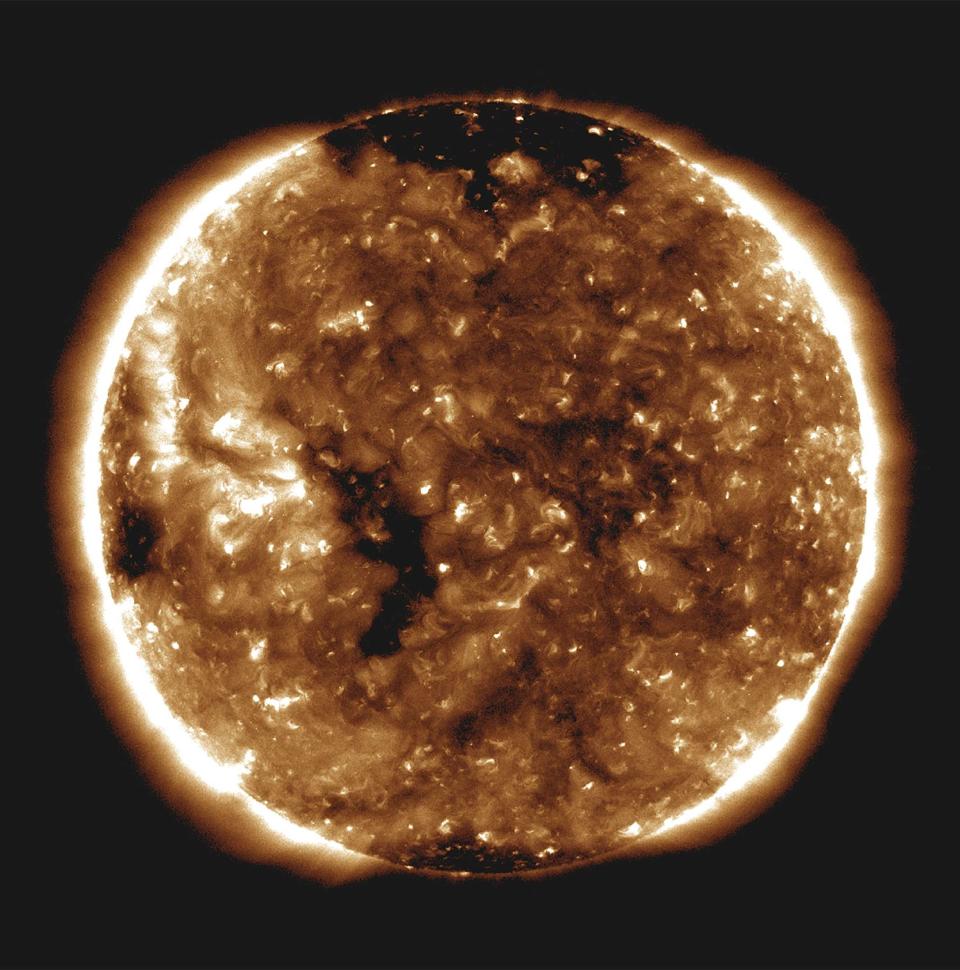Nasa's Solar Probe offers first insights after becoming the closest man-made object to the Sun

A Nasa spacecraft has sent back its first observations of the Sun's atmosphere after becoming the closest ever man-made object to the star.
The car-sized spacecraft, called the Parker Solar Probe, blasted off from Earth on August 12 last year and is currently around 15 million miles away from the Sun.
Its mission is to help scientists answer questions such as why its corona - the outermost layer of the solar atmosphere - is hotter than its surface.
In a series of papers published in the journal Nature, the researchers said that the probe's onboard instruments detected "an unexpected series of flips" in the Sun's magnetic field which they described as "strange".
Researchers say these "switchbacks" could reveal the origins of the solar wind - energetic particles that constantly stream away from the Sun.
A new paper reveals changes in the Sun's magnetic fields that increase the speed of the solar wind flowing away from the star.
Another paper looks into the source of "slow" solar wind - with speeds less than 310 miles per second - which until now has been poorly understood.
The researchers found that slow wind originates in holes in the corona found near the equator.
These holes are cooler and less dense than the surrounding corona, according to scientists.

Stuart Bale, a professor of physics at the University of California, Berkeley, and lead author of one of the papers, said: "The first three encounters of the solar probe that we have had so far have been spectacular.
"We can see the magnetic structure of the corona, which tells us that the solar wind is emerging from small coronal holes; we see impulsive activity, large jets or switchbacks which we think are related to the origin of the solar wind; we see instability - the gas itself is unstable and is generating waves on its own."
Understanding more about solar activity could help scientists forecast the large eruptions from the Sun that pose a threat to satellite and communications systems.
The probe will continue to make new discoveries as it moves closer to the Sun over the next five years, eventually flying 3.9 million miles above the solar surface in 2024.
During its journey, the probe will orbit the Sun 24 times while being subjected to extreme heat and radiation, with temperatures expected to reach 1,377C, nearly hot enough to melt steel.
As it gets closer to the Sun, the probe is expected to move around the star at 430,000 miles an hour, making it faster than any spacecraft in history.

 Yahoo News
Yahoo News 
